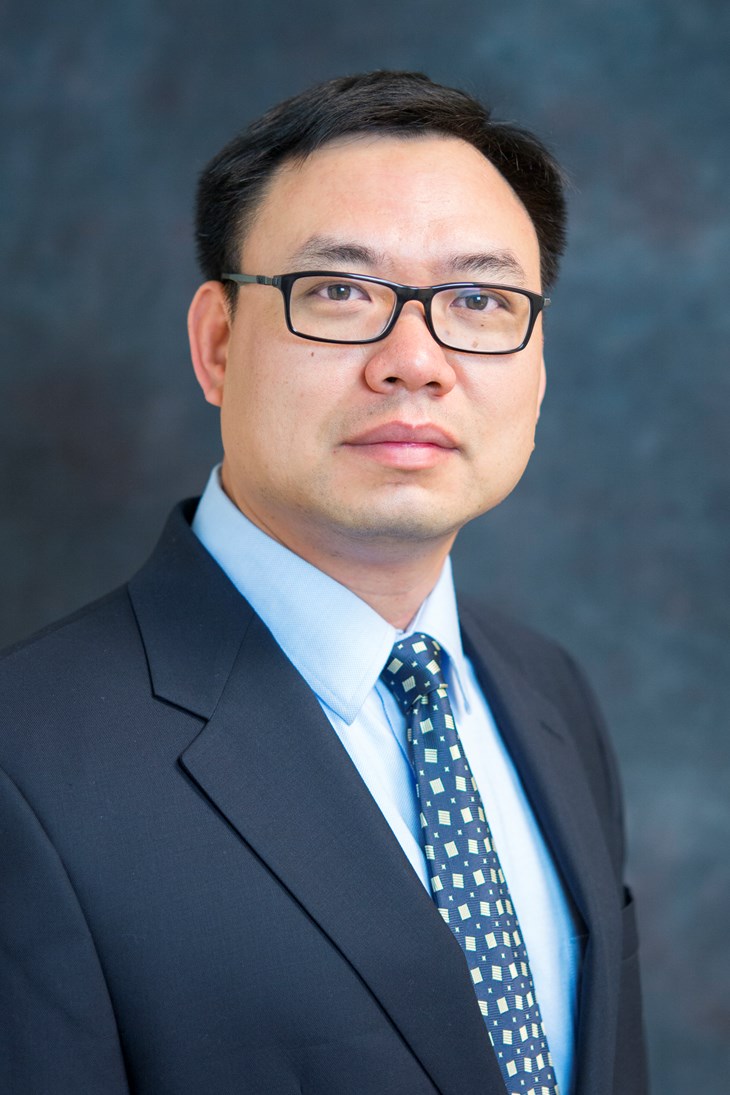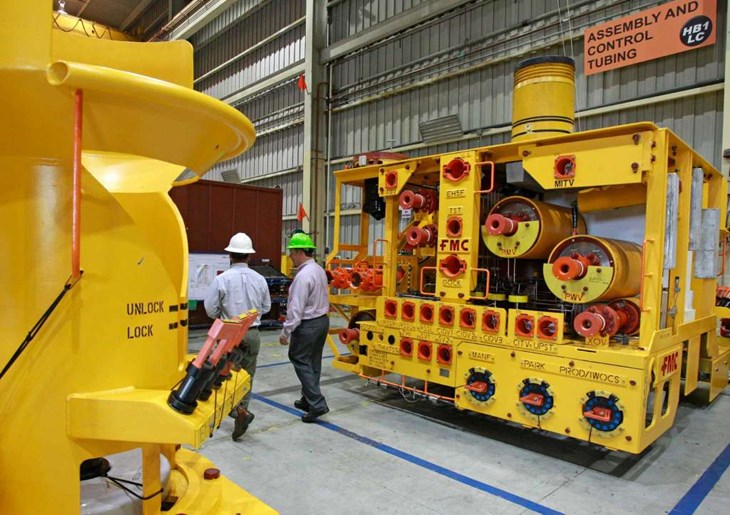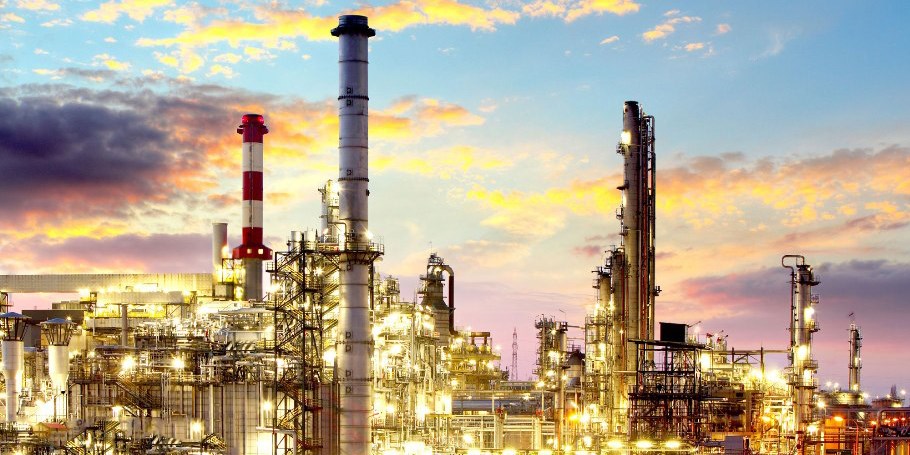What is your background, and how did you end up on this career path?
My curiosity toward the vast array of materials grades and how their microstructure and compositions affect their performance brought me into the materials science world.
I graduated from Rice University in Houston, Texas with a Ph.D. in materials science. During my roughly 20 years of materials R&D and industry experience, I have developed a breadth of expertise ranging from metallurgy to welding to corrosion to nanotechnologies. Two things I most enjoy are interacting with engineers from various fields to help them solve materials-related issues, and selecting and qualifying materials for severe service environments.
Your title is Materials Expert at TechnipFMC. What does that entail?
I provide technical advice on all materials-related issues. This includes materials selection, welding, corrosion, protection, fabrication quality control, and the education of other engineers on materials-related matters. I am part of a team that drafts company and project specifications, qualifies vendors, and conducts investigations when materials fail. I correspond with existing and potential vendors on the latest technical developments and maintain close relationships with research institutions to keep current with their cutting-edge research on materials technologies.
What are some of your main responsibilities?
I get involved with projects during the early phases, preparing materials-related specifications and participating in vendor/manufacturing procedure qualifications. During the detailed design and manufacturing phase, I conduct materials selection, corrosion assessment, and cathodic protection design, and I review vendor documents such as inspection and test plans, manufacturing procedure specifications, weld maps, non-destructive examinations, and welding procedure specifications.
What is a typical working day like for you? (If there is one!)
No two days are the same. Just as an example, I might start the day with a project manufacturing status meeting–these can begin very early due to the time zone differences with Asian countries-or responding to emails, depending on the project arrangements. I review project documents and communicate with vendors when there are inquiries or feedback to project designs and specifications. Often I’m asked to travel overseas to qualify vendors, monitor their fabrication processes, and conduct materials failure investigations. I have visited many vendors in Europe and Asia on behalf of the project team.
What do you enjoy most about your job?
Working as a materials engineer requires a broad range of expertise in metallurgy, physics, chemistry, and even manufacturing processes. Each project is unique. It’s interesting to communicate with engineers from various fields to understand the project design, requirements, service environments, and other issues and concerns. I enjoy working with materials issues they encounter during project design and execution. I also like to communicate with vendors to learn about their manufacturing processes and help them understand project-specific requirements.

What are the most challenging aspects of your job, and how do you deal with them?
Materials support can become quite complex. Our clients, the operators of oil and gas fields, have specified many additional requirements on top of the recommendations from classification societies. It can be challenging to prepare project materials specifications and satisfy the operators’ requirements and not exceed a vendor’s capability or normal manufacturing practices. It takes project experience to help both the client and vendor reach a technical agreement. For example, over-specifying a higher-grade material for a certain service environment can mean significantly higher cost. A less-costly material might be suitable with addition of a coating and a cathodic protection system. It requires multidisciplinary knowledge and familiarity with classification requirements to provide an economical solution.
What are some industry trends you have noticed lately?
Subsea oil and gas production is going deeper in the ocean. More composite materials, such as nanotube composites, have been evaluated for various uses because they have excellent electrical, thermal, and mechanical properties and are lighter than steel. Higher-grade stainless steel/clad components for subsea systems have demonstrated very good mechanical properties and corrosion resistance. Many clad manufacturing processes have been developed and are being qualified for specific applications. Also, fluctuating oil prices are driving procurement of materials from lower-cost sources and movement of fabrication to new yards.
Have you mainly worked with one or two types of corrosion resistant alloys, or with a variety depending on the application?
I work with various steel grades such as carbon steel, stainless steel, and corrosion resistant alloys, based on their applications. For example, carbon steels with coatings and CP systems were mostly used in subsea production systems and offshore platforms. Solid CRA or clad components were required in some sour fatigue regions. Austenitic stainless steel (300 series) and duplex are used predominantly in onshore refinery plants.
What are some specific examples of projects that you have been part of?
I have provided support to many different types of projects. Here are just a few:
• Subsea production systems: These typically include manifold, PLET, jumper, pipeline, riser, etc.
• Offshore floating platforms: Hull structure and mooring systems.
• Fixed platforms and topsides: Jacket structure, topside equipment, piping, skids, etc.
• Onshore refinery plant facilities: Pressure vessels, tanks, heat exchangers, piping, etc.
What grades/types of stainless steel do you often work with? Are there any unusual types that are used for certain projects?
More stainless steels have been qualified for oil and gas industry applications. However, each stainless steel grade has its suitable service environment. For example, super duplex and CRA (Inconel 625) are common for offshore and subsea applications. 300 series and duplex have been used extensively in onshore refinery applications.

TechnipFMC
Do you work with an Approved Manufacturer’s List (AML)? If so, how are manufacturers chosen for inclusion on that list?
From time to time, I am contacted to help qualify a potential vendor for a specific manufacturing process. TechnipFMC has its own procurement department handling the AML process. I provide materials technical support to the TechnipFMC procurement team upon request.
What are some of the challenges of working with stainless steels and CRAs? How do you cope with these challenges?
Many stainless steel and CRA grades have been developed for various applications. A change of some key elements (percent- age) can significantly modify their properties. Many industry codes, including NACE, have provided recommendations and guidance for selecting steels in H2S-containing environments, and more qualification tests are required for severe environments. A thorough understanding of alloy chemistry and its effects on properties is critical. During design, I work with the project team to understand the requirements and design service environments for specific components. I then draft a materials selection report with recommended steel grades for each component. In addition, I prepare materials and welding specifications to ensure that the materials are at their best heat treatment conditions for both their mechanical and corrosion properties. Furthermore, I ensure that their welds will meet or overmatch the base materials’ properties, depending on project requirements.
What do you particularly enjoy about working with stainless steels and CRAs?
Properly selecting stainless steels and CRAs for specific applications is always a challenge. We want to select a steel that’s suitable to the application without over specifying it.
In the meantime, the subsequent manufacturing and welding process can be complex, as many factors may lead to premature failure prior to or during service. I enjoy taking on these challenges and, most important, getting satisfying feedback from the project team and from our clients.
* Editor’s note: This interview was originally published in the August 2017 issue of Stainless Steel World Americas. The interviewee no longer works at TechnipFMC.

